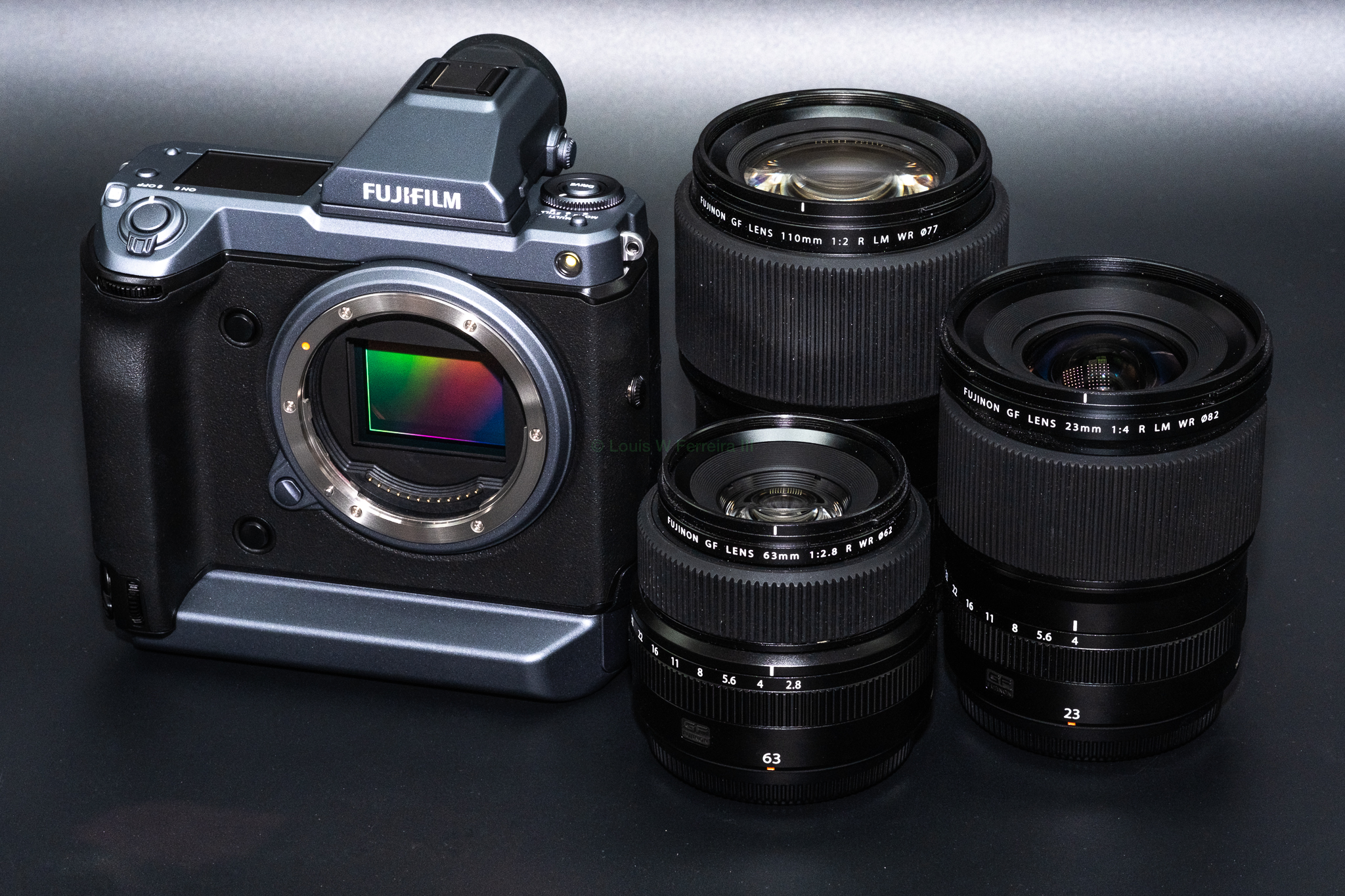
Jim Kasson is still working on analyzing the Fujifilm GFX100. You can find our first post of analysis here and the second post here. He really is second to none for free non-bias analysis on the web and we are lucky that he’s a fan of Fujifilm cameras, because there are few others doing what he’s doing at this time.
The Last Word – Fuji GFX 100 Eye AF — some examples
“I’ll be posting some quantitative tests of the GFX 100’s eye-AF accuracy soon, but I though you might want to get started with some visuals. All of these were make with the Fuji 110 mm f/2 lens, and all were wide open except the last one.”
The Last Word – On microlens size in the GFX 100 and GFX 50R/S
“The GFX 100’s aliasing and false color occurs at a higher spatial frequency than the GFX 50R’s; put that down to the pitch difference. The aliasing in the GFX 50R is more pronounced; that’s coming from the small microlenses.”
The Last Word – GFX 100 eye detection AF accuracy — numbers and samples
“The fact that they’re right on top of each other from f/2.8 through f/5.6 is an indication of the superb longitudinal chromatic aberration (LoCA) performance of this lens. Just as with the regular focusing modes, the camera does not adequately compensate for the focus shift caused by the 110/2’s spherical aberration near wide open.
Form f/2.8 on up, this is pretty darned good performance, although it might not be so for landscape work. About 68% of the shots will fall between the two onoe-standard deviation lines, and that means that they will have blur circles of about 2 pixel pitches or less.
Even the f/2 shots aren’t all that far off. I’ll show you some crops, magnified to about 150%, to give you a better idea.”
The Last Word – Some GFX 100 answers
Pretty typical Q&A that goes over everything Jim has covered so far and a few more things
The Last Word – GFX 100 IBIS efficacy with the Fuji 110/2
If you fire away for long enough, you can get sharpish images with or without the IBIS on
Turning the IBIS on greatly improves your chance of getting a sharp image starting at about 1/125 second and the improvement increases as the shutter speed drops.
IBIS even helps your odds of getting a sharp image at 1/250 second
There is not a huge change in the statistics for the IBIS case from 1/30 to 1/250 second.
The Last Word – Aliasing with the Fuji 100-200/5.6 on the GFX 50R and GFX 100
“I don’t think we have to worry about 3.76 um sensors outresolving* decent lenses.”
The Last Word – Foliage with Fuji 100-200/5.6 on the GFX 50R and GFX 100
“I think, although the GFX 100 images are more convincing, we’ve finally found the place where, at least for this subject, the extra resolution of the GFX 100 makes little significant difference.”
The Last Word – IQ4 150, GFX 100, a7RIV — different slices off the same sausage?
“The Fuji is sharper. Well, the aliasing is sharper. But that spread in f-stops isn’t fair to the Phase One. If we stop the Fuji 110 mm lens down to f/8:”
“Now they’re looking really similar, if you can get over the fact that the targets are somewhat different.”
The Last Word – Optimum MILC manual focusing strategies
Use as much magnification as you can subject to 2
Use as low a peaking sensitivity as can produce visible peaking at the chosen magnification.
The tie breaker: if you can’t see any peaking at maximum sensitivity at maximum magnification, back the magnification off a step and try again.
The Last Word – Visibility of aliasing GFX 50R, 100 aliasing in prints
“I next printed out crops of the two images with the native resolution of the raw file matching that of the printer driver, which is 360 ppi. That would have made a full print of the GFX 50R image about 17 inches high, and that from the GFX 100 image about 24 inches high. The aliasing in the GFX 50R shot stood out like sore thumb. The GFX 100 aliasing was visible from 15 inches, but didn’t look as bad as it odes in the tight crop above.”
Fujifilm GFX News, Rumors, and Collaboration
Fujifilm GFX Owners Group
Fujifilm GFX Page
Follow Fujiaddict on Facebook, Twitter, Instagram, and YouTube
